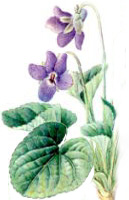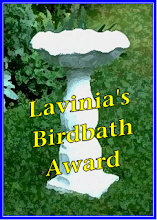
my photos
SUMMER SUNSHINE
The hottest day of the year so far - 31 degrees. It may not sound a big deal to some of you living in the parts of the world you do, but for here in the UK, after the summer experienced so far, this temperature is positively tropical!
One of three plants basking in the summer sunshine today is Coreopsis grandiflora Mayfield Giant which can tolerate dry conditions, and flowers on and on, although does need deadheading to keep flowering to its maximum potential.

The first marigold of the year. These came out of a mixed pack of annuals given to me by a friend, sown late so only just starting to produce flowers. I always start the seeds off in pots and then transplant to where I choose in the garden. This year I have planted on into wooden troughs, facing east. When in containers water when necessary.

Nasturtium, one half of the variety St Clements, which is happy to be in dry soil. A lovely mix of yellow and orange, zingy citrus colours. Perfect for brightening up a salad and your day!






























































































